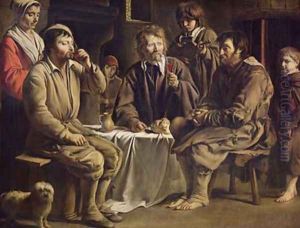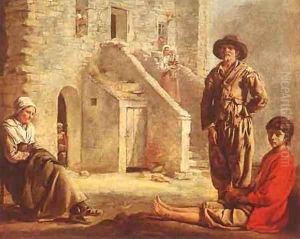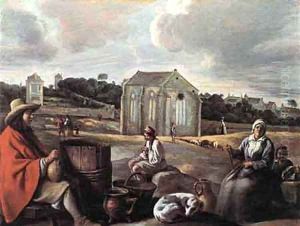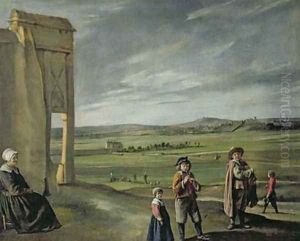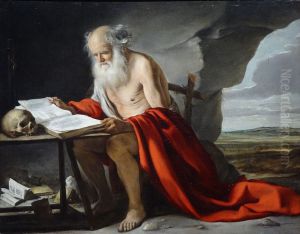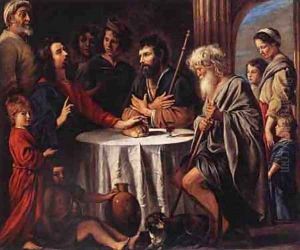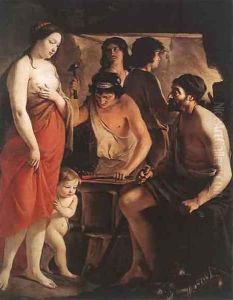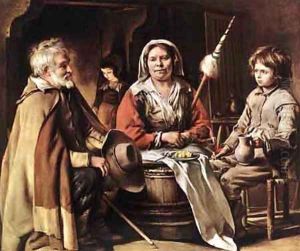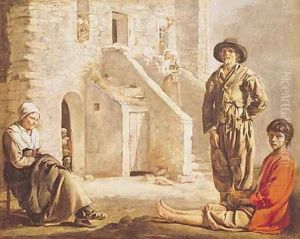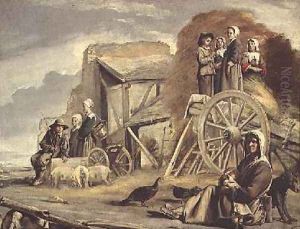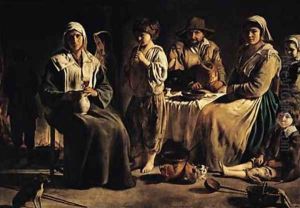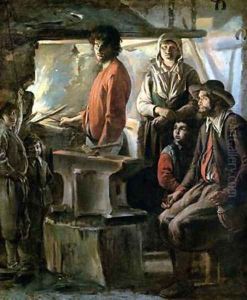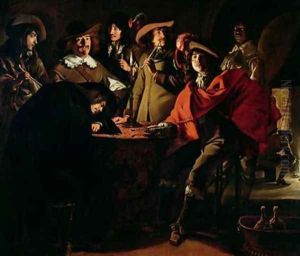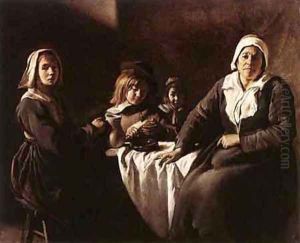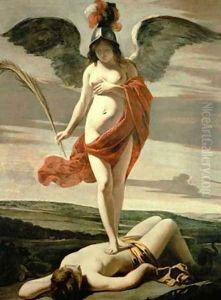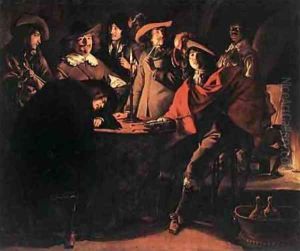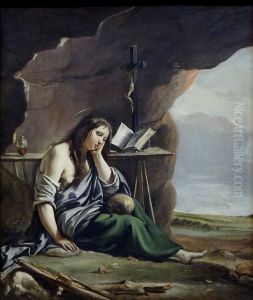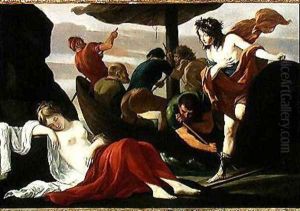Louis Le Nain Paintings
Louis Le Nain was a French painter, born around 1593 in or near Laon in the Picardy region of France. He was one of the three Le Nain brothers, all of whom were painters, but Louis is often considered the most significant among them. His brothers Antoine and Mathieu also had successful careers in painting, and the trio frequently worked together on various projects, making it difficult at times to attribute specific works to each brother individually.
Louis Le Nain's early life is not well-documented, but it is known that he moved to Paris with his brothers, where they jointly ran a workshop. Despite the lack of detailed records about his training, it is evident that Louis possessed exceptional skills in depicting the lives and struggles of peasant classes with dignity and gravity, a theme that became central to his most celebrated works.
The Le Nain brothers were admitted to the Royal Academy of Painting and Sculpture in 1648, the year of Louis's death, which marked their official recognition by the art establishment of the time. Unfortunately, Louis did not live to see much of the recognition and esteem that would come to be associated with his and his brothers' work.
Louis Le Nain's art is characterized by its realism, compassionate portrayal of peasant life, and the use of subdued color palettes. His works often feature scenes of everyday life, imbued with a sense of solemnity and profound humanism. One of his most famous paintings, 'The Peasant Family', exemplifies his approach to art, focusing on the dignity of peasant life without idealization or romanticism.
After his death in 1648, Louis Le Nain's contributions to French art were somewhat overshadowed by the rise of other styles and schools. However, in the 19th and 20th centuries, his work was reevaluated and he was recognized as a pivotal figure in the depiction of peasant life in art. Today, Louis Le Nain is celebrated for his compassionate and realistic portrayal of the common man, and his paintings are considered seminal works in French art history.
